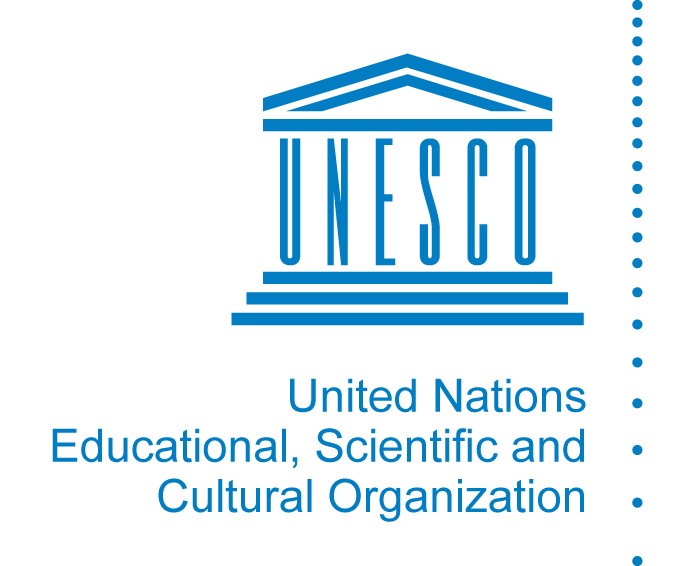Individuals are shaped by their environment and their lived experiences, which may result in consciously or unconsciously expressing bias towards others. For example, specific forms of harmful practices and violence, such as female genital mutilation/cutting, acid attacks, dowry violence, “honour” killings, female infanticide and child marriage, among others which affect girls and women from specific communities or from particular regions, tend to be exoticised and “othered” (Larasi 2012). Coverage could also have the unintended consequence of increasing expressions of racism and religious hatred against specific communities. In order to avoid such bias and to better evaluate, understand and portray people and situations in a more balanced manner, it is critical for media personnel or those using media platforms to understand what stereotypes and biases are and to recognize how these manifest in their own views and communications. This also applies to the policies and practices within institutions, where social and cultural biases (conscious and unconscious) may permeate systems and structures related to hiring, retention, promotion, decision-making and the overall organizational working environment.
Refraining from social and cultural bias
Last edited: July 27, 2020
